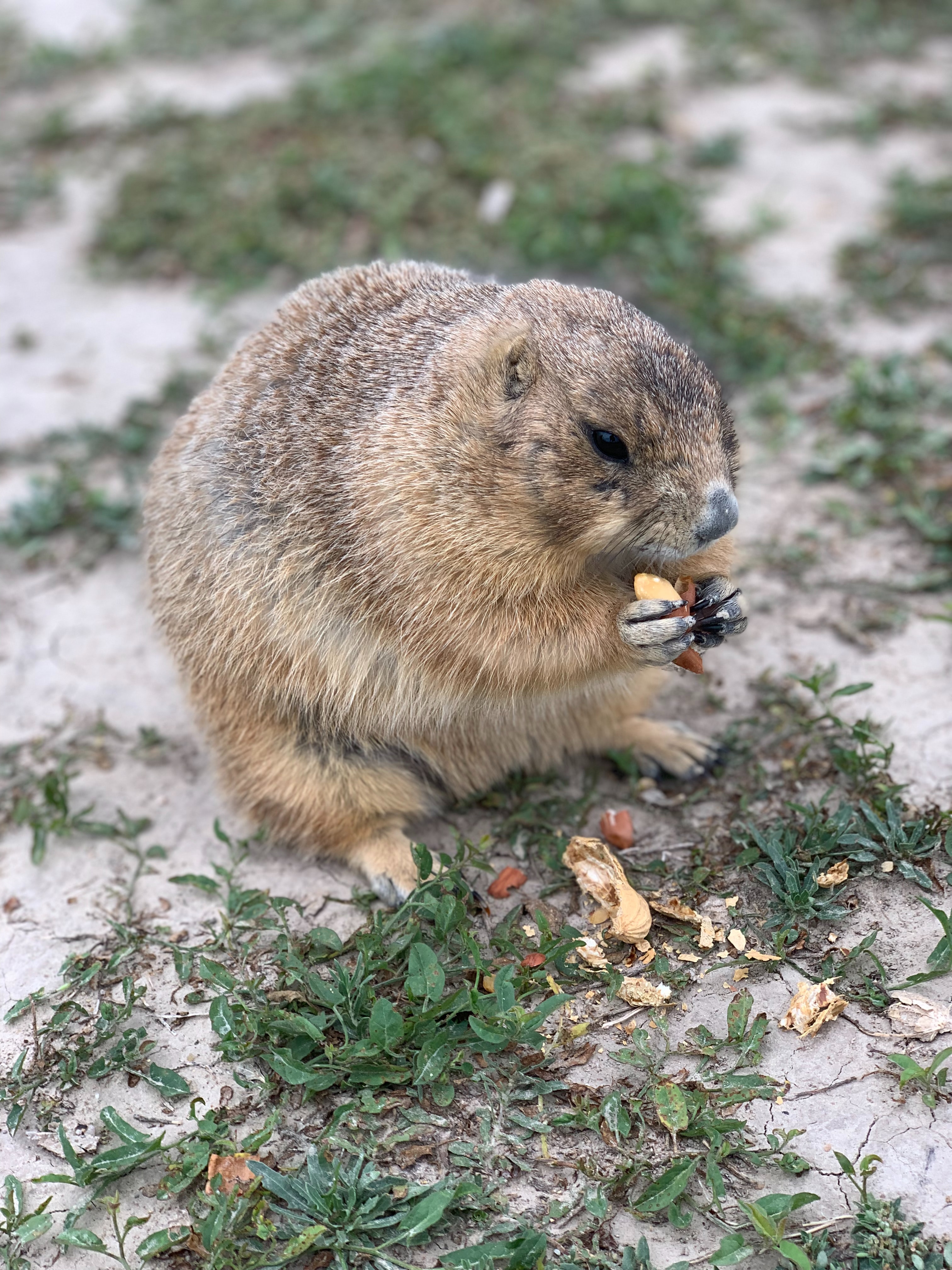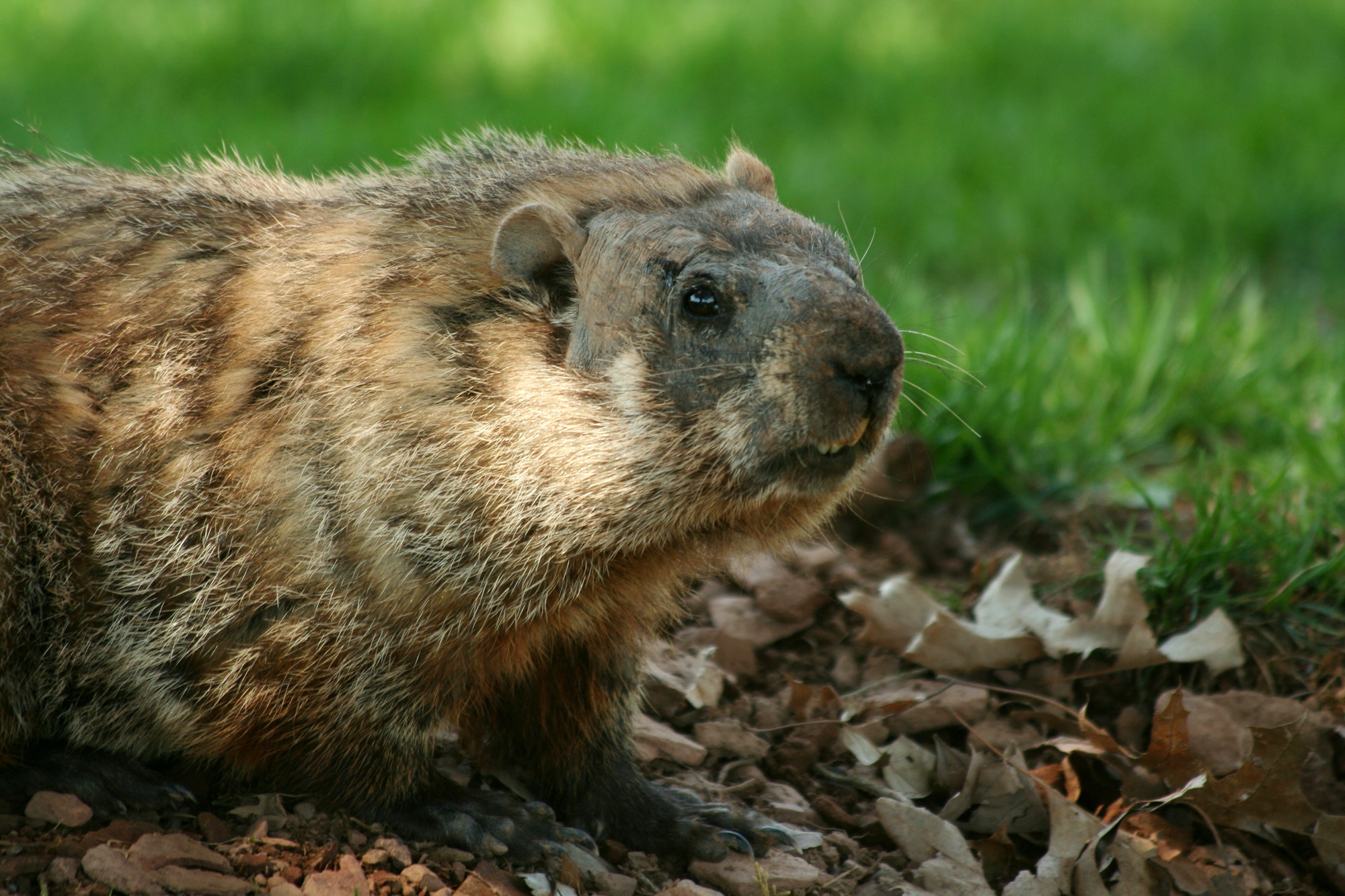What Are Woodchucks?
Woodchucks, groundhogs, and whistle pigs. You might have grown up hearing large, furry rodents called any or all of these names, and maybe you have even had the pleasure of seeing them up close. But what exactly are they? What do they eat? Are they aggressive? Where all can you find them?
Perhaps these may be some passing thoughts upon seeing them walking in the distance, or when they enjoy their few minutes of fame on tv each year on Groundhog Day. Knowing what they look like is one thing, but actually knowing what they are is a completely different story.
Funnily enough, according to National Geographic, woodchucks are not even named for eating wood. It may actually be a “corruption of the Native American words wejack, woodshaw, or woodchoock.” Since they do not actually chuck on wood, their homes are not made with it either. Instead, they have elaborate burrows with different rooms, including one for urinating and excreting in, and even different levels. With multiple exits, they are pretty safe from predators.

Just like their squirrel relatives, they are herbivores. Richard Thorington from the Smithsonian National History of Natural History says “They’re selective. They’ll go for your best cabbages and best foods that you have out there.” Because of this, and their extensive homes, they make themselves quite the pests for farmers
Fortunately for them, woodchucks are loners, otherwise their homes would be even larger. The only times they get together are for mating, males defending their territory against other males, and when mothers haven’t weaned their babies yet. Some time after weaned, they no longer need to be with their mothers, so they commonly go off to provide for themselves and find a home, or multiple homes, before winter hits them. Once winter comes along, they will need a place for hibernation.

I once enjoyed petting a baby woodchuck some years ago. They are not very fast, so my uncle had caught it very easily. Each of us kids got to pet the soft fur before he put the little thing back among the overgrown weeds. In suburbs and in rural areas, they are commonly found among tall grass and weeds. National Geographic even explains where they can be found geographically when their expert, Stam Zervanos, a retired biology professor who has done much research on these critters, says woodchucks are “the most widely distributed marmot of all of them, [with a range stretching] as far south as Northern Alabama to northern Canada – and some are even found in Alaska.”
So why is this very common animal the chosen one for being a sort of winter clock for Americans on Groundhog Day? According to National Geographic, they are actually replacing hedgehogs and badgers, as was what they used in Europe. Richard Thorington says “When the Europeans came over here, they didn’t have any hedgehogs or badgers to lay the blame on, so I think the groundhog got it by being here and being a good size.”
In short, woodchucks are basically large ground squirrels that can make a mess of fields, but these slow creatures are still useful to us. You may even liken them to bees – sometimes annoying, but helpful in the end.








